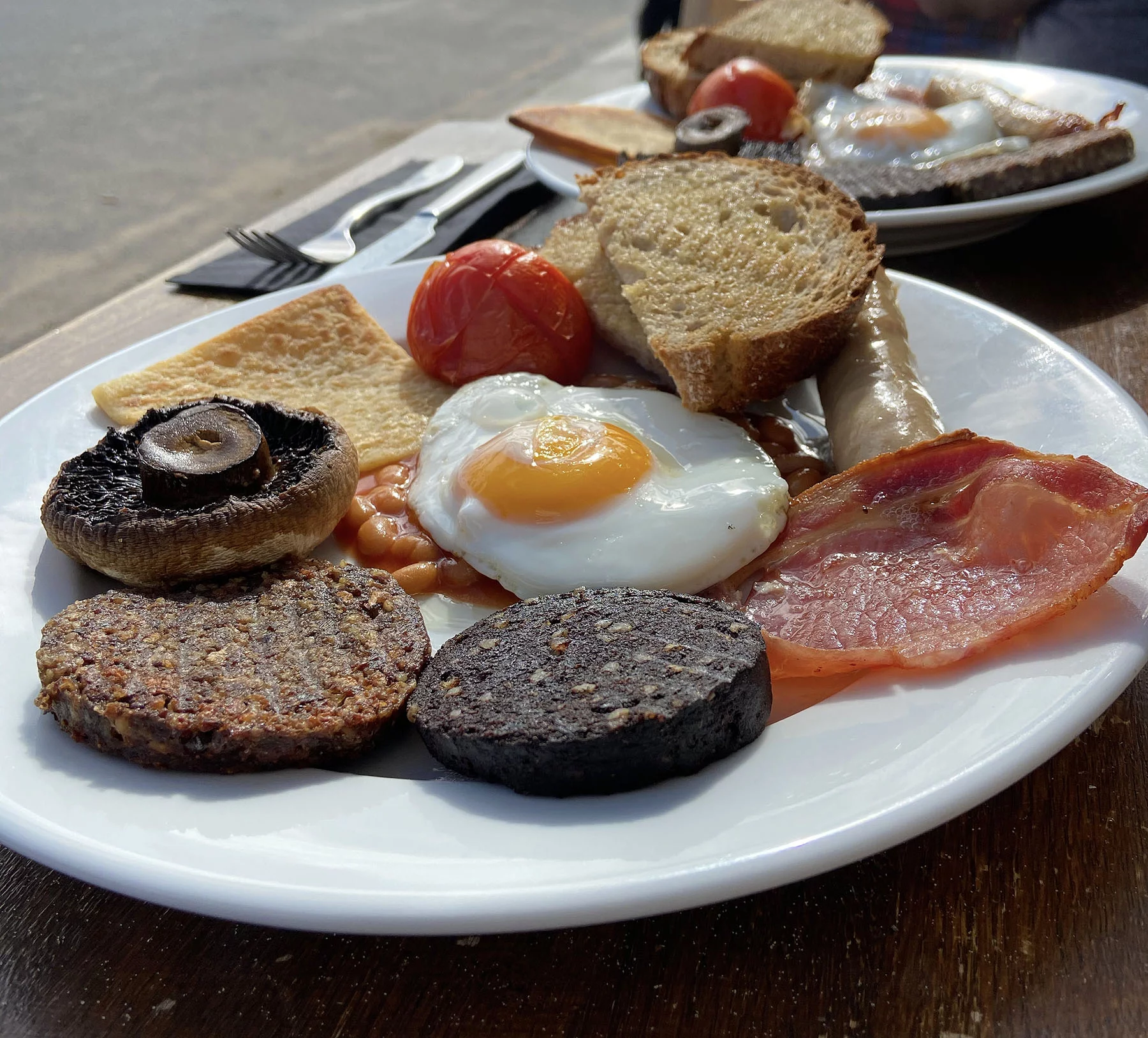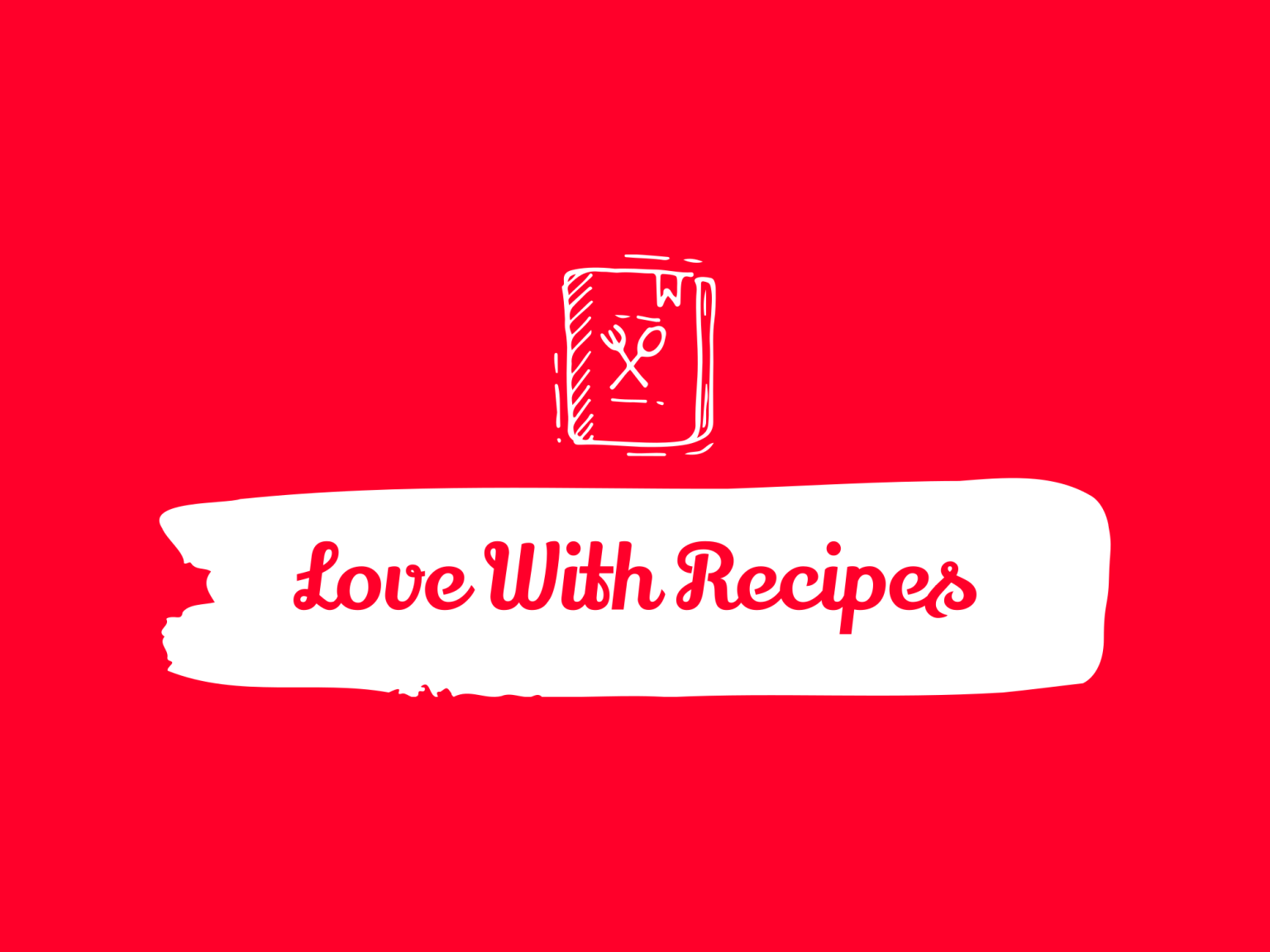Introduction
Embark on a culinary journey to the rugged terrains of Scotland with these hearty and flavorful Highland Beef Balls. Crafted with a careful blend of ground beef, traditional spices, and a touch of suet, these savory morsels encapsulate the rich cultural heritage of Scottish cuisine. Perfect for breakfast, snack, or any time of the day, they offer a comforting, protein-packed bite that delights the senses. The crispy oatmeal coating adds a delightful crunch, contrasting beautifully with the tender, spiced interior. Whether you’re an experienced home cook or a budding enthusiast, this recipe promises simplicity without compromising on authentic flavor. As featured on Love With Recipes, this dish invites you to celebrate Scottish culinary traditions with a modern twist, making it an ideal addition to your repertoire of quick, nutritious, and satisfying meals.
Time
- Prep Time: 15 minutes
- Cook Time: 7 minutes
- Total Time: 22 minutes
Needed Equipment
- Large mixing bowl
- Measuring spoons and cups
- Kitchen scale (optional, for precise portioning)
- Sharp knife and cutting board
- Small bowl for coating
- Deep-frying pot or heavy-bottomed saucepan
- Thermometer (for oil temperature)
- Slotted spoon or tongs
- Paper towels or cooling rack
- Plate or tray for shaping
- Cooking thermometer (optional but recommended)
Tags
- Scottish Cuisine
- High Protein
- Quick & Easy
- Deep Fried
- Breakfast
- Snacks
- Traditional Recipe
- Family-Friendly
- Low Carb
- Comfort Food
Serving Size
This recipe yields approximately 6 Highland Beef Balls, each serving one ball. The suggested serving size is one beef ball per person, making it suitable as a snack or a small meal component. Adjust quantities accordingly for larger gatherings or family meals.
Difficulty Level
Easy. This recipe is suitable for cooks of all skill levels, including beginners. The steps are straightforward, involving mixing, shaping, coating, and frying, with no complicated techniques required.
Allergen Information
This dish contains the following potential allergens:
- Beef: Animal protein source
- Egg: Binds ingredients together
- Oatmeal: Gluten (for those with gluten sensitivities or celiac disease)
- Suet: Animal fat, may not be suitable for vegetarians
Always check ingredient labels for cross-contamination or specific allergen content, especially if preparing for individuals with allergies.
Dietary Preference
This recipe is suitable for low-carb, high-protein diets. It is not vegetarian or vegan due to the inclusion of beef and suet. For gluten-sensitive individuals, consider substituting oatmeal with gluten-free alternatives; however, this may alter the traditional texture.
Course
Appetizer, Snack, Breakfast
Cuisine
Scottish / European
Ingredients
| Ingredient | Quantity | Notes |
|---|---|---|
| Ground beef | 1 lb (450 g) | Preferably lean or medium fat for better texture |
| Suet | 2 oz (55 g) | Chilled or frozen for easier mixing |
| Salt | To taste | Adjust according to preference |
| Black pepper | To taste | Freshly ground for best flavor |
| Ground cloves | 1/4 tsp | Enhances warm spice aroma |
| Ground ginger | 1/2 tsp | Gives a subtle spicy note |
| Ground mace | 1/2 tsp | For a slightly sweet, nutmeg-like flavor |
| Ground coriander | 1/2 tsp | Provides aromatic depth |
| Dark brown sugar | 1/2 tsp | Balances spices with a hint of sweetness |
| Egg | 1 large | Binds ingredients together |
| Oatmeal | As needed for coating | For coating, optional but recommended |
Instructions
1. Preparing the Mixture
Begin by ensuring all your ingredients are at room temperature for optimal mixing. In a large, sturdy mixing bowl, combine the ground beef and suet. The suet should be grated or chopped into small pieces for even distribution. Add the salt and black pepper, adjusting the quantities based on your taste preference. Incorporate the ground cloves, ginger, mace, coriander, and dark brown sugar. These spices are crucial for capturing the authentic Scottish flavor profile, reminiscent of traditional Highland cooking. Crack the egg into the mixture and use your hands or a sturdy spatula to blend everything thoroughly.
Mix until the ingredients are evenly distributed, and the mixture becomes cohesive. It should be slightly sticky but firm enough to shape into balls without falling apart. If the mixture feels too loose, add a small amount of oatmeal or additional suet to help bind it. Conversely, if it’s too stiff, a splash of water or extra egg can help soften it slightly.
2. Shaping the Beef Balls
Once the mixture is thoroughly combined, divide it into six equal portions. You can use a kitchen scale for precise measurement or estimate by eye. Roll each portion between your palms to form a smooth, round ball approximately the size of a golf ball or slightly larger, depending on preference. Ensure each ball is densely packed and maintains its shape during handling. If any balls seem loose, gently press them to compact the mixture further.
3. Coating with Oatmeal
Prepare a shallow dish or plate with oatmeal spread evenly. Take each beef ball and roll it gently in the oatmeal, pressing slightly to ensure an even coating. The oatmeal adds a delightful crunch to the exterior once fried, creating a pleasing contrast with the tender interior. For an extra layer of texture or flavor, you can mix in some finely chopped herbs or spices into the oatmeal before coating.
4. Frying the Highland Beef Balls
Set up your deep-frying station. Fill a heavy-bottomed pot or deep-frying pan with enough oil to fully submerge the beef balls, typically about 2-3 inches deep. Use a high smoke point oil such as vegetable, canola, or peanut oil for safety and best results. Heat the oil to approximately 350°F (175°C). Use a thermometer to monitor the temperature accurately, as frying at too low a temperature can result in greasy, soggy balls, while too high can burn the coating.
Carefully add the coated beef balls to the hot oil, working in batches if necessary to avoid overcrowding. Fry for 5-7 minutes, turning occasionally with a slotted spoon or tongs, until the balls are deep golden brown and cooked through. The internal temperature should reach at least 160°F (71°C) for safety, especially with ground meats. The exterior should be crispy and textured, with the oatmeal coating providing a satisfying crunch.
Once cooked, remove the beef balls from the oil and drain on paper towels or a wire rack to eliminate excess oil. Serve immediately for optimal crispness and flavor.
Preparation Tips
- Ingredient freshness: Use fresh ground beef and fresh spices for maximum flavor.
- Temperature control: Keep the oil at a consistent frying temperature for even cooking.
- Shaping consistency: Use a cookie scoop or measuring spoon to ensure uniform size for even cooking.
- Handling: Wet or oil your hands slightly to prevent sticking when shaping the mixture into balls.
- Alternative coatings: For gluten-free options, substitute oatmeal with crushed rice crackers or cornmeal.
Nutritional Information
| Nutrient | Amount per Serving |
|---|---|
| Calories | 263.7 kcal |
| Fat | 21.7 g |
| Saturated Fat | 9.9 g |
| Cholesterol | 93.5 mg |
| Sodium | 62.9 mg |
| Carbohydrates | 0.8 g |
| Fiber | 0.1 g |
| Sugar | 0.4 g |
| Protein | 15.3 g |
Tips and Tricks
- Spice customization: Adjust the amount of cloves, ginger, or mace to suit your flavor preference. For a smoky twist, add a pinch of smoked paprika.
- Flavor enhancement: Incorporate finely chopped herbs like parsley or thyme into the mixture for added freshness.
- Alternative cooking methods: Instead of deep frying, bake the beef balls at 375°F (190°C) for 15-20 minutes for a healthier option.
- Serving suggestions: Serve these Highland Beef Balls with a tangy mustard sauce, spicy chutney, or a simple side of roasted vegetables.
Add-ons
- Chopped fresh herbs (parsley, chives)
- Crushed garlic or onion powder in the mixture
- A splash of whisky in the seasoning for authentic Scottish flavor
- Cheese stuffing inside the beef balls for an indulgent variation
Side Dishes
- Scottish neeps and tatties (turnips and potatoes)
- Steamed seasonal vegetables
- Hearty oatcakes or crusty bread
- Pickled vegetables or relishes
- Light salad with vinaigrette
Improvements
- Use ground venison or lamb instead of beef for a different flavor profile.
- Add finely chopped onions or leeks to the mixture for extra moisture and flavor.
- Experiment with different spice blends, such as adding a pinch of cayenne for heat or nutmeg for warmth.
- Cook the beef balls using air frying for a less greasy finish.
Save and Store
Cooked Highland Beef Balls can be stored in an airtight container in the refrigerator for up to 2 days. Reheat them in the oven at 350°F (175°C) for about 10 minutes or until warmed through. For longer storage, freeze the uncooked or cooked beef balls in a sealed container or vacuum-pack them for up to 3 months. To reheat, thaw overnight in the fridge and fry or bake until crispy and hot.
FAQ
Can I make these ahead of time?
Yes, you can prepare the mixture, shape the beef balls, coat them, and refrigerate for up to 24 hours before frying. This allows for quick assembly on the day of serving.
Can I bake these instead of frying?
Absolutely. Preheat your oven to 375°F (190°C), place the coated beef balls on a baking sheet lined with parchment paper, and bake for 15-20 minutes until golden and cooked through. Turn halfway through for even browning.
Are these suitable for children?
Yes, they are kid-friendly, especially if you reduce the amount of spices. Always ensure the beef is cooked thoroughly and serve with mild accompaniments.
Can I substitute suet with other fats?
While traditional, you can substitute suet with chilled, finely chopped pork fat or vegetable shortening for a vegetarian-friendly option, though it will alter the authentic flavor.
Conclusion
Celebrating Scottish culinary traditions doesn’t have to be complicated or time-consuming. These Highland Beef Balls combine bold spices, tender meat, and a satisfying crunch to create a memorable dish suitable for breakfast, snacks, or casual gatherings. Their straightforward preparation, paired with the rich cultural flavors, makes them an excellent choice for both novice and experienced cooks alike. Whether served as a comforting breakfast or as part of a festive spread, these beef balls are guaranteed to impress with their hearty taste and delightful texture. Enjoy the flavors of the Highlands in the comfort of your home, and share this recipe with family and friends to spread the joy of Scottish-inspired cuisine.
References
- Scottish Recipes – Traditional Highland Cooking. (n.d.). Retrieved from https://scottishrecipes.com
- Williams, M. (2018). The Art of Scottish Cooking. Edinburgh: Scottish Culinary Press.
Remember, for more recipes and culinary inspiration, visit Love With Recipes at lovewithrecipes.com.


